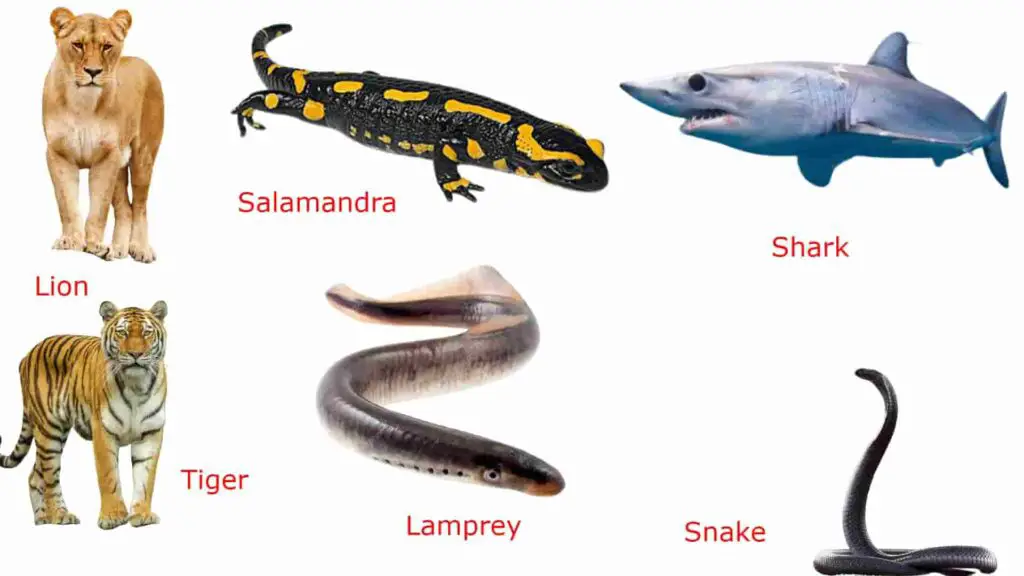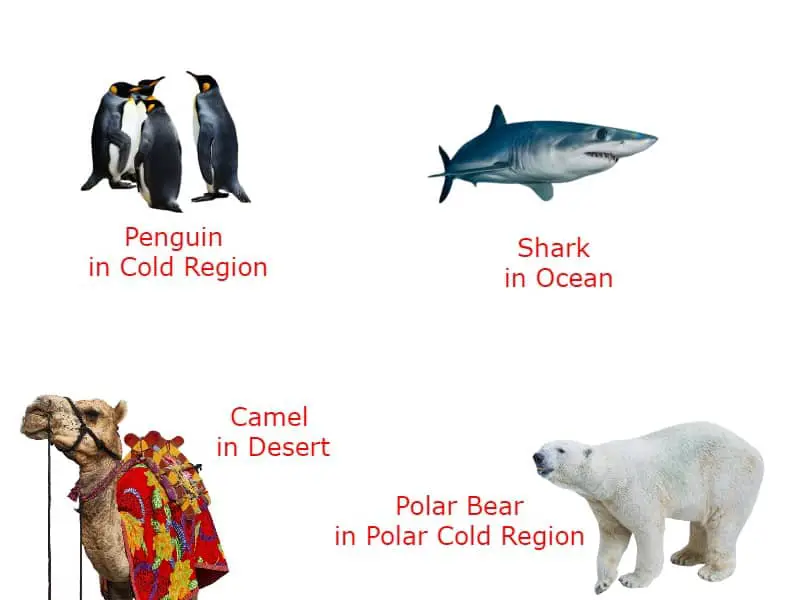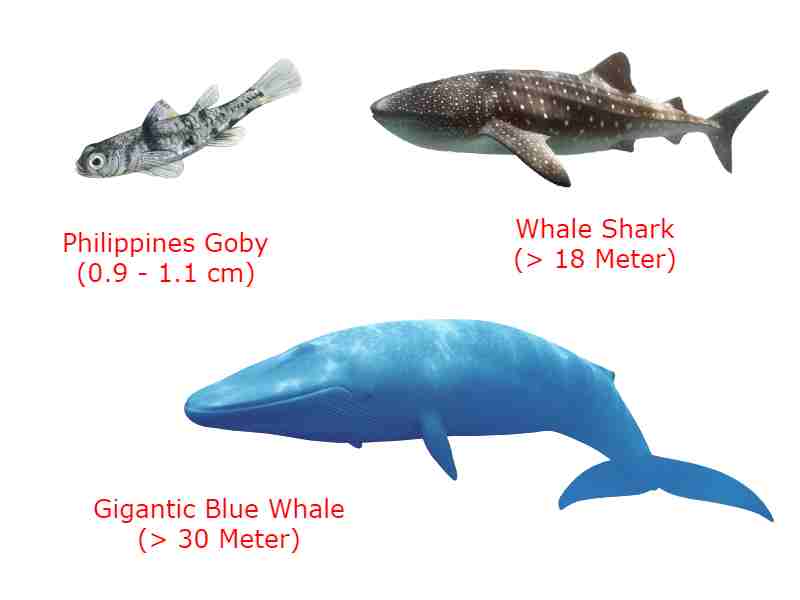We have already discussed the definition and examples of phylum Chordata, now we are going to discuss the diversity among the members of phylum Chordata. Phylum Chordata is a very important and vast group of animals that includes the most prominent organisms like birds, reptiles, amphibians, mammals to less known marine animals like tunicates and lancelets.
In the phyla, deuterostome Chordata is a vast group of animals that comprises the most prominent present-day animals as well as extinct animals and they show great diversity in their habits, physiology, shape, size, and physiology.

Table of Contents
Diversity of Phylum Chordata:
Vastness of Phylum Chordata:
Now we will try to understand the vastness of Chordata and we have to estimate a calculation for the number of species under phylum Chordata.
Under phylum Chordata, if we consider three subphylum Cephalochordata, Urochordata and Vertebrata then the total number of species in phylum Chordata is around 49,963 among which vertebrate species are around 46,500, and the other two subphyla Cephalochordata and Urichordata have around 2,590 species.
Most of the species of phylum Chordata are prominent present days but they are not so vast because the total number of species in phylum Chordata is half of the number of species of Mollusca and arthropods are ten times more vast in the number of species than phylum Chordata.

Among vertebrates if we try to arrange different classes of animals according to their number of species, then most vast are fishes ( more than 24,590 species) after that birds have around 9,000 species, then reptiles have around 6000 species, mammals have 4,500 species and at the end, amphibians have only 2,500 (approximate) species.
Habitats of Chordata:
Some invertebrates are prominent in all domains of the earth, for example, arthropods are present in all parts of the earth, from the deep ocean to dry, arid, cold environment but Chordata is also present in all parts of the earth.
Especially birds and mammals can tolerate almost all environments because they can show homeostasis, they can tolerate very cold, dry environments to very hot conditions. Higher members of phylum Chordata are capable to adapt themselves in all environments like the deep oceans, extreme polar regions and for this reason, they show their existence in all parts of the earth.
Lower Chordata generally live in aquatic environments, for example, tunicates are sessile on the bottom of the oceanic floor, some reptiles, and almost all fishes are aquatic.
Amphibians are mostly terrestrial though some amphibians live in freshwater amphibians are not residents of the ocean.
Birds and most of the mammals are terrestrial but some mammals are adapted to live in the aquatic environments throughout their life and except tunicates, almost all Chordata are freely movable.
It is true that Chordata is not vast as some groups of invertebrates but the adaptation power of the Chordata and their role in ecology make Chordata a very important animals group among all the animals.
Diversity in Size and Shape:
Members of phylum Chordata show great diversity in their size and shape, their size range from the gigantic blue whale to miniature fish Philippine goby.
It is true that Chordata do not show the very small size as viruses and bacteria but they show medium to large size and most of the large animal of animals kingdom belong to phylum Chordata as we mentioned before gigantic blue whale ( more than 30 meters in length and more than 100 tons in weight) is known as largest animals belong to phylum Chordata.

Another gigantic animal whale shark also belongs to the phylum Chordata but on the other side of the phylum, Chordata comprises very small animals like the Philippines goby which is around 10-12 mm long is also a member of phylum Chordata.
Hi Everyone!!! Welcome to Imaluop. Imaluop always try to learn some new and he want to share to other people. Here we will try to learn various topics on Science, specially on Biological Sciences.